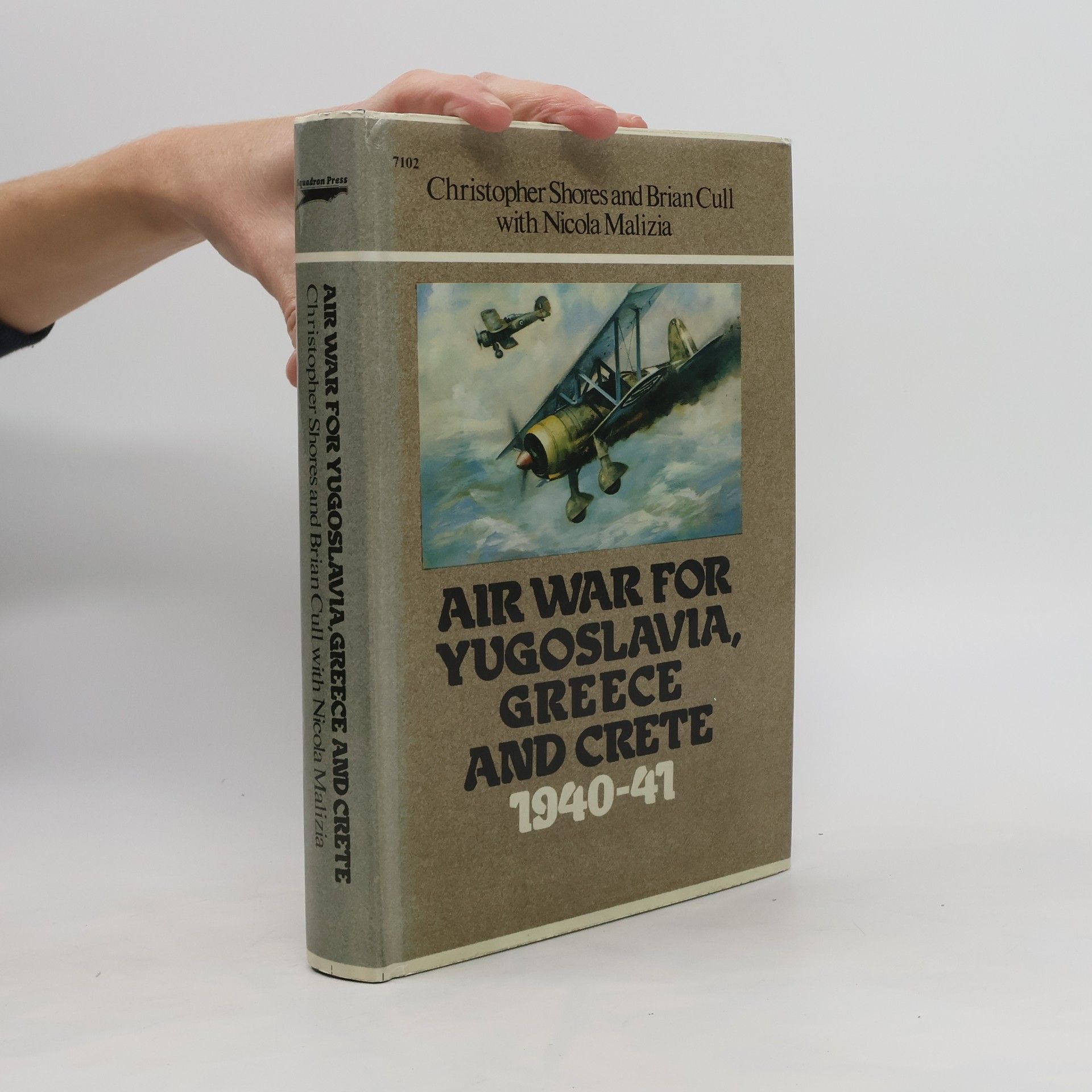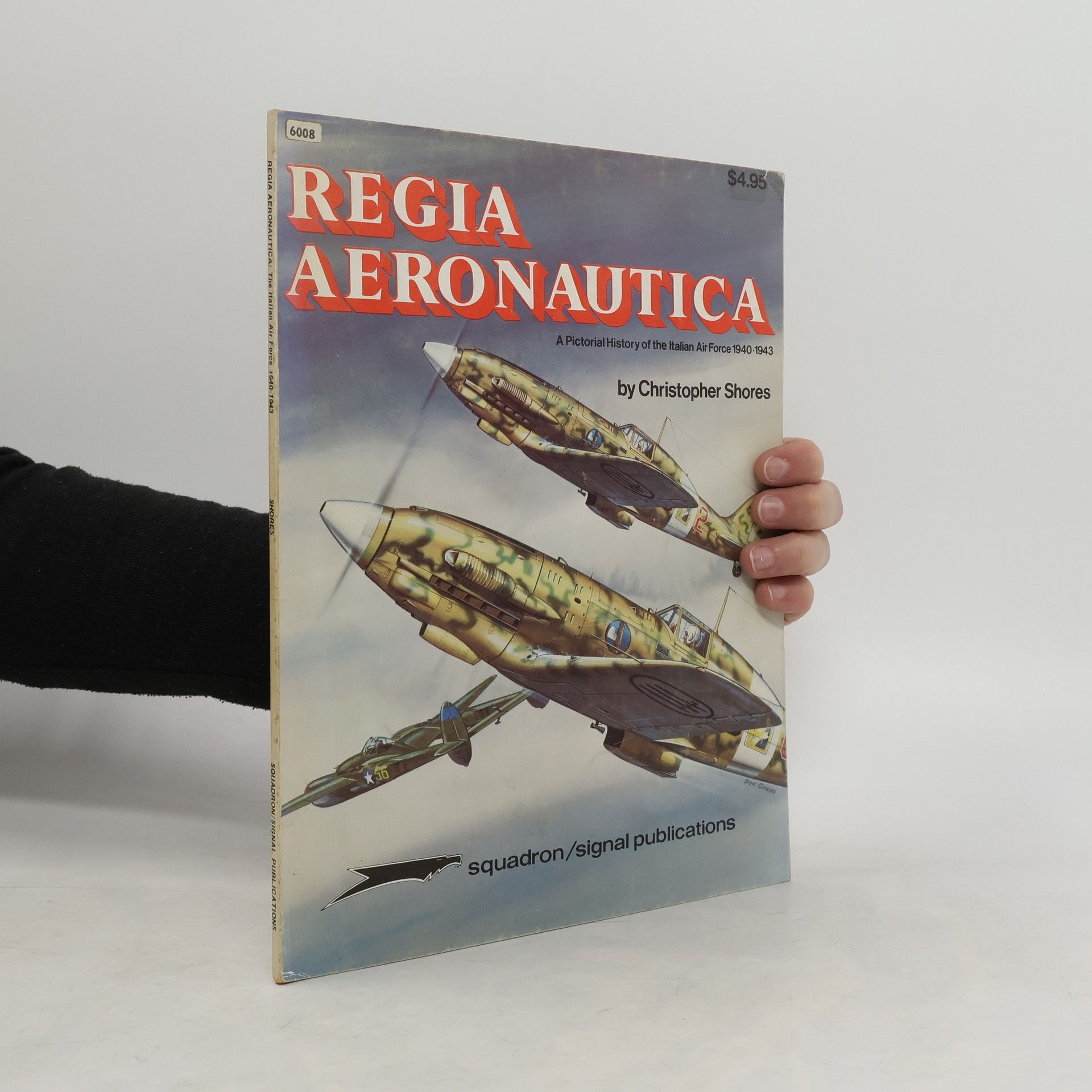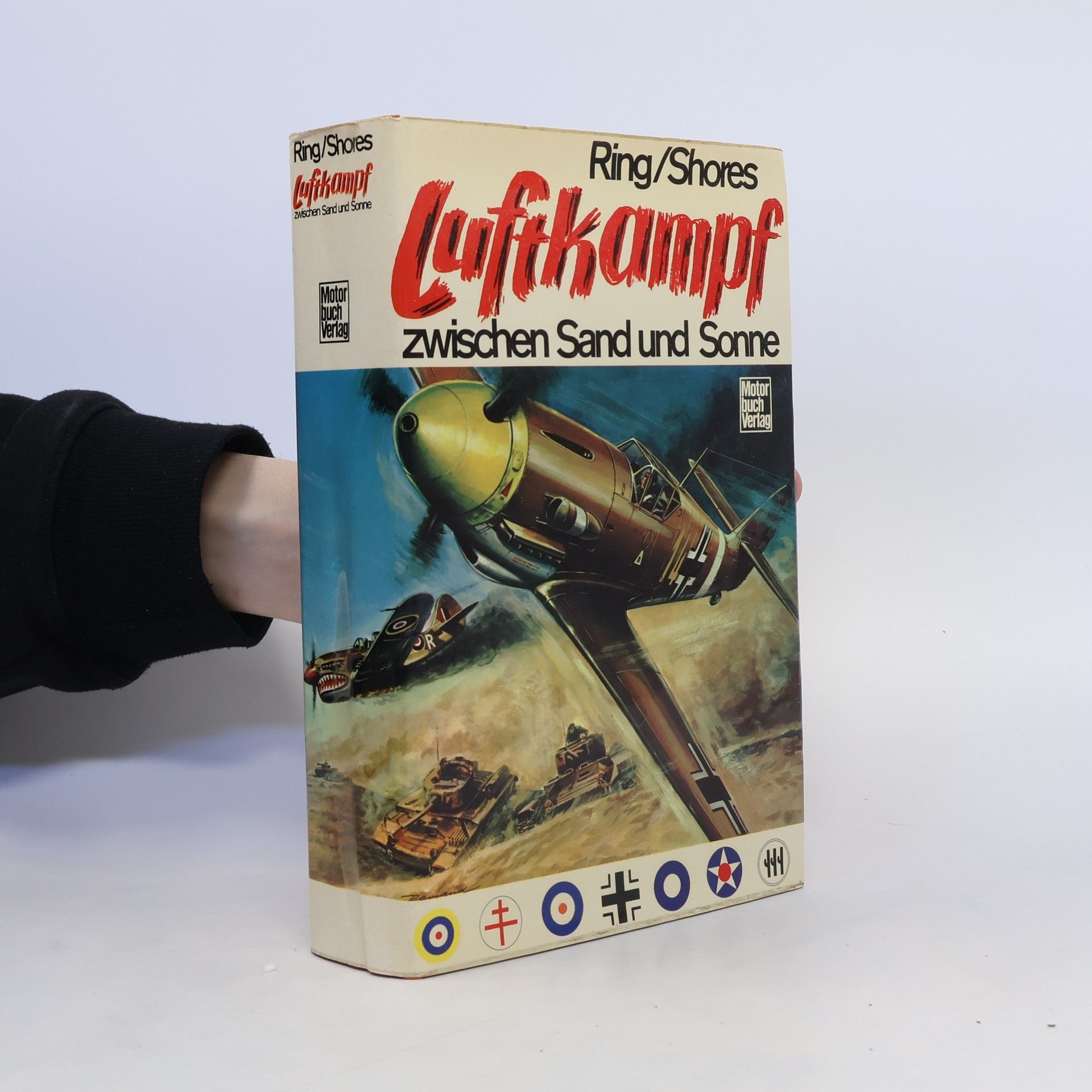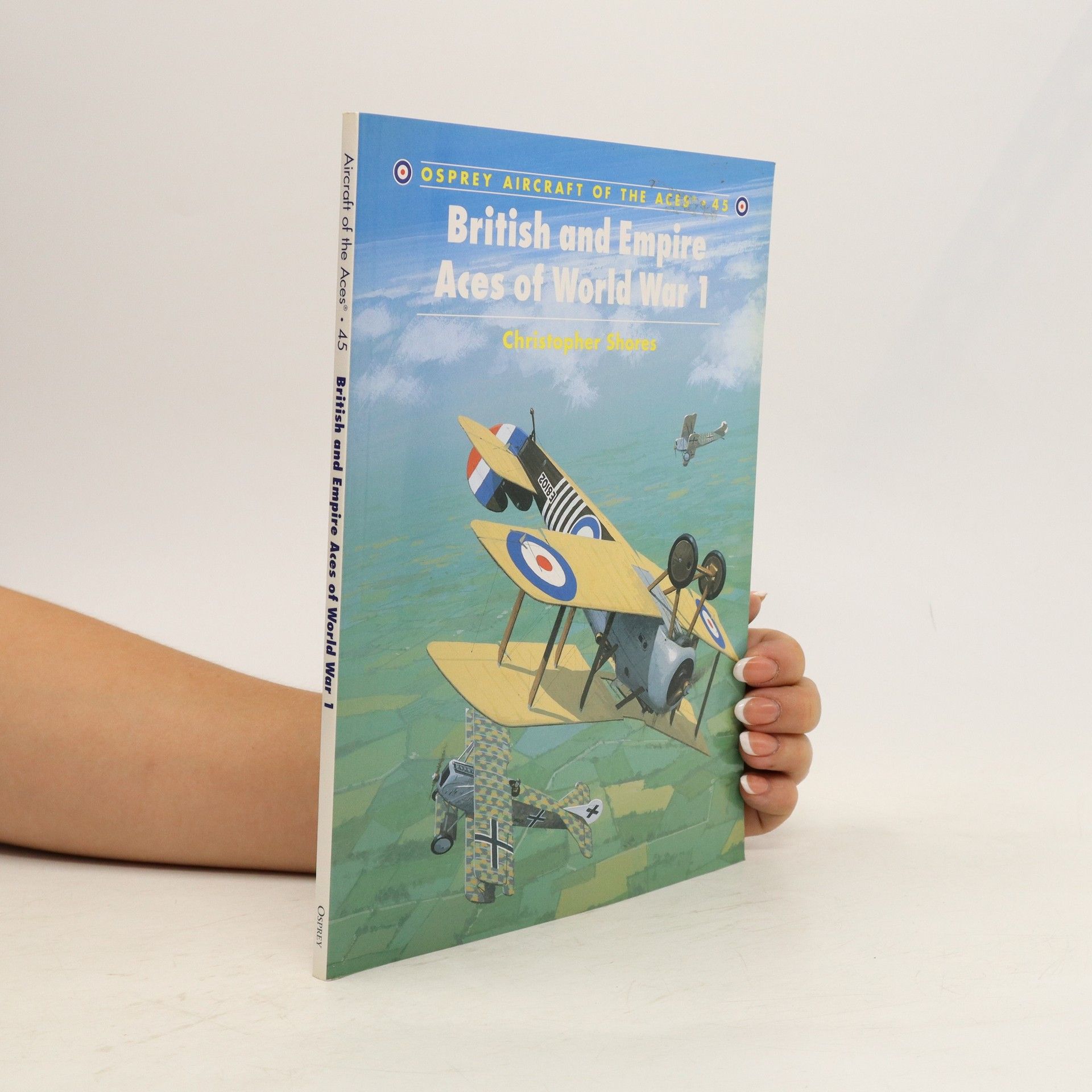Christopher F. Shores Bücher







Entscheidende Luftschlachten des 2. Weltkriegs by Christopher Shores. ISBN 3613012405. German edition.
Dust Clouds in the Middle East
- 320 Seiten
- 12 Lesestunden
This work covers from the Italian threat and invasions of Somaliland, to its recapture, the battle for Keren, Addis Ababa, the air battles over Lebanon, the breaking of Vichy air strength and culminates in the occupation of Madagascar in 1942.
The air battle for Yugoslavia, Greece and Crete began in June 1940 with the Italian declaration of war on Britain and France. In the past, there has been much controversy amongst air historians on many of the details of the operations. It was here, for example, that "Pat" Pattie believed by many to be the Royal Air Force's "unknown" top-scoring fighter pilot of the whole war, saw most of his action. Just how many kills did he achieve and how? Taken from extensive research into available British, Italian and German records, and interviews and correspondence with survivors or relatives of those present, this book seeks to provide an accurate portrait of the air war for Yugoslavia, Greece and Crete from 1940-41.
Aces High
- 256 Seiten
- 9 Lesestunden
This volume updates the information in the first volume and adds some new names. Information has been added on the pilots who gained success against the V-1 flying bombs during 1944-45. Detail is also provided on those units in which virtually all the fighter pilots served at some time or another - the fighter Operational Training Units - and of specialist units such as the Central Gunnery School, Fighter Leader's School and Fighter Experimental Units. There is also coverage of the only other conflicts in which British pilots have been able to claim victories since 1945 - Korea and the Falklands Conflict.
British and Empire Aces of World War I
- 96 Seiten
- 4 Lesestunden
At the outset of World War I the British had some 110 assorted aircraft, used mostly for the visual reconnaissance role. With the advent of faster and more agile single-seaters, the Allies and their adversaries raced to outdo each other in the creation of genuinely effective fighters with fixed forward-firing machine gun armament. It was not until 1917 that the British developed a truly effective interrupter gear, which paved the way for excellent single seaters such as the Sopwith Triplane Camel and the RAF S.E.5., later joined by the Bristol F.2B - the war's best two-seat fighter. This volume traces the rapid development of the fighter in World War I and the amazing exploits of the British and Empire aces who flew them.
Ground Attack Aircraft of World War II
- 191 Seiten
- 7 Lesestunden
"Ground Attack Aircraft is the first comprehensive and well-illustrated study tracing the evolution of these aircraft and providing a detailed account of their armament and operational use in the general context of World War II."
Aces Past
- 160 Seiten
- 6 Lesestunden
Capture the spirit of the Aces Past through hundreds of glorious photographs. Follow the all-time great combat aircraft on their missions of days-gone by and on their modern maneuvers, Aces Past captures the spirit of an elite corps of aircraft now regarded as classics.



